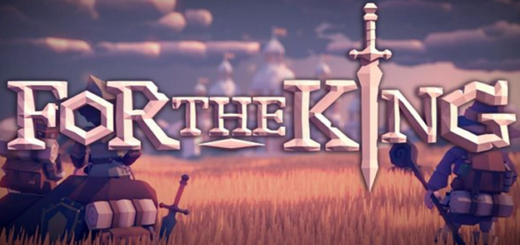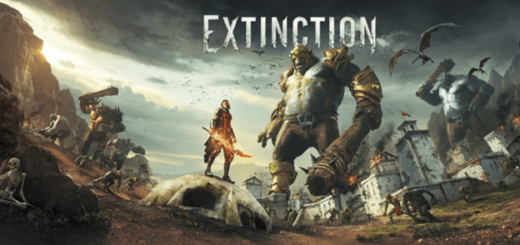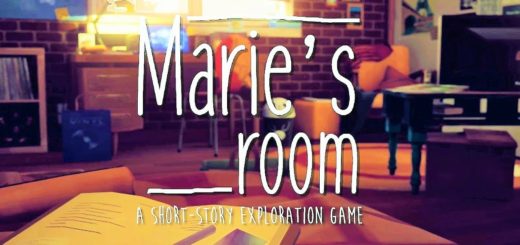INSIDE Review

Playdead’s follow up to LIMBO, INSIDE, is something of an enigma. It’s a simple side scrolling platformer that would seem to echo the studio’s previous work, but oddly leaves just as many questions as answers by the time the credits fall. It’s difficult to discuss such a bizarre title without spoiling the mystique, but there is one thing I can say definitively: INSIDE is special and unforgettable.
INSIDE opens unlike most games, without a single introduction or word of dialogue. A boy slides down into a dense forest and gameplay immediately begins. Without a single tutorial or prompt of instruction, you take this little boy on an exploration through the night, dodging all manner of obstacles, enemies, and probably enduring far too many gruesome deaths. Much like the indie title LIMBO, INSIDE is about solving puzzles by interacting with the environment, utilizing physics and maybe even some mind control. Fans of the genre won’t find any puzzles that are mind-numbingly difficult, and I only ever was stuck for a few moments before arriving at a solution. When I died, I was never upset because the boy didn’t move correctly or that I felt cheated. I knew I hadn’t done it correctly, a characteristic of a well-designed platformer.
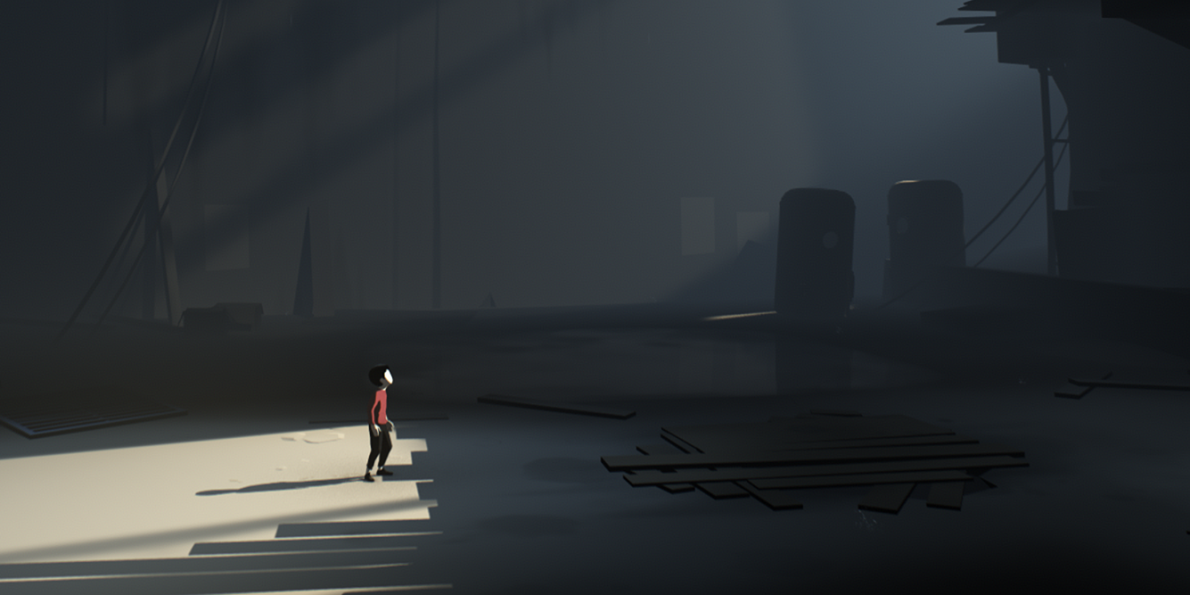
Even in a simple setting, the depth of the art is undeniable
Beyond the gameplay, INSIDE really feels like an art project, endlessly reworked, tweaked, and mastered to perfection. The visuals, the sound effects, and the score all perfectly interconnect to create a haunting atmosphere of intrigue and tension. When the little boy falls to the ground, the sound of his feet hitting pavement echo chillingly throughout the metal halls. His animations portray such wait and grace, it seems impossibly perfect. This type of polish is rare and utterly astounding, and it proves that Playdead strive for something more than “common entertainment.” This is the perfection of a craft, and I loved every moment of it.
And it is this atmosphere that defines INSIDE. Every puzzle, every sound, and every sight has been constructed to achieve this incredible finished product. But what is it? That’s the lingering question behind INSIDE. This atmosphere cries out that something is very wrong, very broken, so unnatural about the world you explore, but it is also mesmerizing. INSIDE takes you on a journey so unexpected that its ending left me with a flurry of emotions and questions.
Again, it’s hard to explain what makes INSIDE so cerebral since so much of the magic relies on mystery, but much like the best thrillers, it constantly subverts all expectations. Every time a new scene would arrive, I thought I knew what was happening, I thought I had a grasp of the mystery and the secrets. But I was so wrong and even after beating it, I don’t know even really know. INSIDE is about exploration through the dark, searching for truth, tumbling further and further down the rabbit hole, and in the end, desperately trying to comprehend just exactly what it was you found.
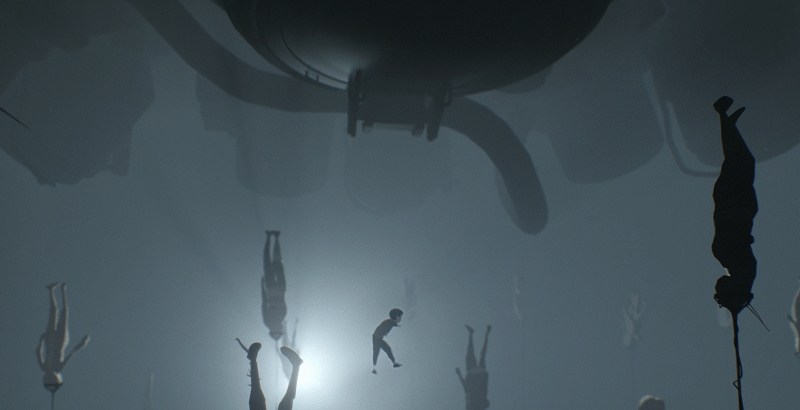
“Can any of you explain what is going on?!”
INSIDE is not something that can be readily explained, and I’m sure it will be the subject of discussion for a long time. INSIDE should be experienced first hand. I encourage you to take the plunge, visit the haunting halls and see for yourself what makes it truly special: from the dense woods illuminated by moonlight to the dark undercroft of a terrifying factory. And after it’s all finished, you can replay it all and search for an elusive secret ending that will further complicate your initial theories on what exactly is going on.
Yes, INSIDE only takes about three hours to complete. Yes, it costs $20. And yes, it is absolutely worth it, by sheer merit of design and craftsmanship. It will leave you confused and haunt you for days; INSIDE is truly a masterpiece and I recommend it wholeheartedly.
Verdict: Recommend
Reviewed on Xbox One, also available on PC and PlayStation 4

